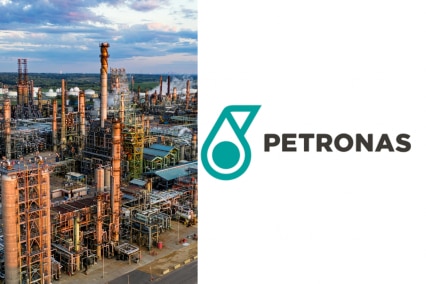
India is advancing its energy transition, balancing development and poverty reduction with a strong commitment to emissions cuts. Unlike nations that grew in less regulated environments, India faces a tougher path to achieving its net-zero emissions goal by 2070.
The country has set ambitious energy targets, aiming to cut its carbon intensity by 45% and ensure that 50% of its cumulative electric power comes from renewables by 2030. Additionally, India plans to achieve 500 GW of renewable energy capacity within the same timeframe.
Beyond large-scale hydroelectric and solar projects, India is making significant strides in green hydrogen production. This effort involves using renewable energy to power the electrolysis of water, creating clean fuel without greenhouse gas emissions. The Ministry of Energy has set a priority to establish India as a global hub for green hydrogen production, with a goal of reaching 5 million metric tonnes annually by 2030. This target aligns with the ambitions of Germany, the current leader in this sector.
Historically, the green energy sector has been dominated by producers from the Global North, but India is gaining momentum through partnerships with key players from the Global South. A notable example is Malaysia’s multinational oil and gas company Petronas, which, through its renewable energy subsidiary Gentari, has invested $1.6 billion in India’s Green Ammonia Project. This initiative aims to produce 5 million tonnes of green ammonia annually by the end of the decade.
As Petronas celebrates its 50th anniversary, the company reflects on its recent ammonia production projects, through AM Green Ammonia Holdings BV, and its milestone achievement of developing Southeast Asia’s first commercial-scale Proton Exchange Membrane electrolyzer, making green hydrogen production more cost-effective.
Petronas’ partnership with India is rooted in a long-standing relationship that began in 1992 with exploration in the Krishna-Godavari Basin. Over the years, Petronas has played a crucial role in enhancing India’s energy landscape, from expanding LNG supply to developing a state-of-the-art lubricant blending plant in Patalganga. These efforts underscore Petronas’ commitment to supporting India’s growth and advancing the “Make in India” initiative.
Some view India’s growing focus on environmental sustainability as a potential threat to Petronas’ energy operations, especially as India moves towards reducing its reliance on fossil fuels. Yet, Petronas has proactively expanded its renewables portfolio, reflecting its strong sustainability ethos. In 2020, the company became the first Southeast Asian oil and gas firm to commit to achieving net-zero emissions by 2050. Putting its words swiftly into action, Petronas established Gentari in 2022, which in turn made rapid strides in the renewable energy sector, acquiring several solar power projects in Malaysia, India, and beyond. The company is on track to reach its target of 30-40 GW of renewable energy capacity by 2030 and plans to install 9,000 EV public charging stations in Malaysia and India by 2026.
Maintaining Petronas’ presence in India requires the company to evolve beyond its traditional oil and gas operations, aligning its offerings with India’s growing renewable energy focus. Acknowledging this challenge, Petronas has reflected this in its investment strategy, allocating a fifth of its $68 billion capital expenditure over the next five years to decarbonization and energy transition projects.
This investment strategy could face disruption, depending on the outcome of a legal case that Petronas became unduly entangled in, initiated by a group claiming descent from a defunct Filipino dynasty. The group sued Malaysia over resource rights in Sabah, a province where some of Petronas’ renewable operations are located. The situation escalated when a Paris court issued a highly questionable ruling against Malaysia, awarding the Sulu plaintiffs $15 billion. The case has become even more complicated with the criminal conviction of the presiding arbitrator and the involvement of a Western litigation funder, whose backing has enabled the claimants to move their case across the globe in search of a court willing to enforce the dubious decision, a process which may yet lead to a direct payout from Petronas’ assets, which continue to be frozen in a Luxembourg bank. The claimants’ attempts to claim against the assets of Petronas has attracted criticism, not least because Petronas was not even a party to the litigation, whilst the wider case has also raised concerns, including from American Attorney General Keith Ellison, about “potential corruption”.
Despite these legal challenges, the partnership between Petronas and India remains robust, poised to thrive well beyond India’s anticipated energy independence by 2047. This collaboration is part of a broader movement within the Global South, where nations are increasingly leveraging their abundant solar, wind, hydro, and biomass resources to lead the way in green energy advancements.
With a rapidly growing workforce skilled in renewable technologies, these regions are not only becoming hubs for renewable energy generation but also fostering local innovation and entrepreneurship in the green sector. The road ahead may be challenging, but with Petronas’ extensive expertise and proven track record across the Global South, the company stands as a crucial partner in helping India realize its ambitious green energy future.
(This article is part of DMCL Consumer Connect Initiative, a paid publication programme. DMCL claims no editorial involvement and assumes no responsibility, liability or claims for any errors or omissions in the content of the article. The DMCL Editorial team is not responsible for this content.)
